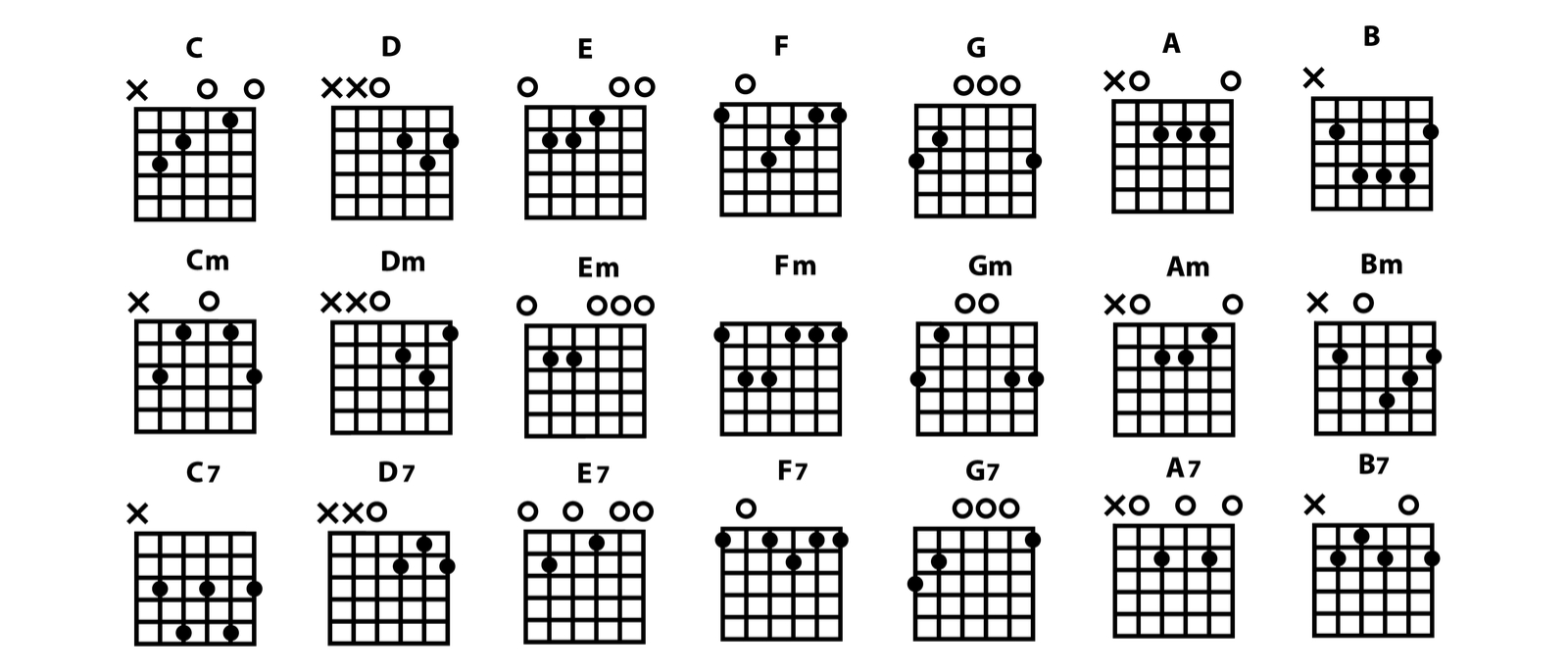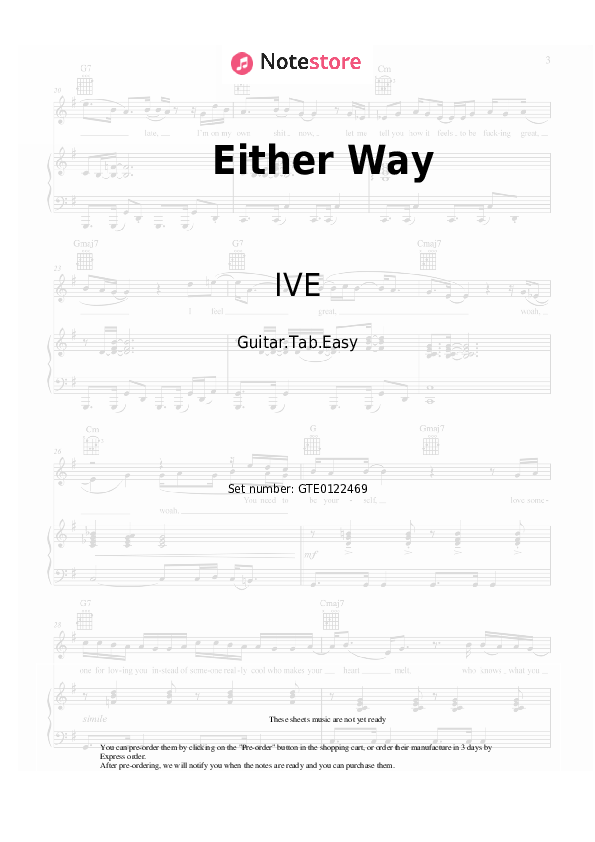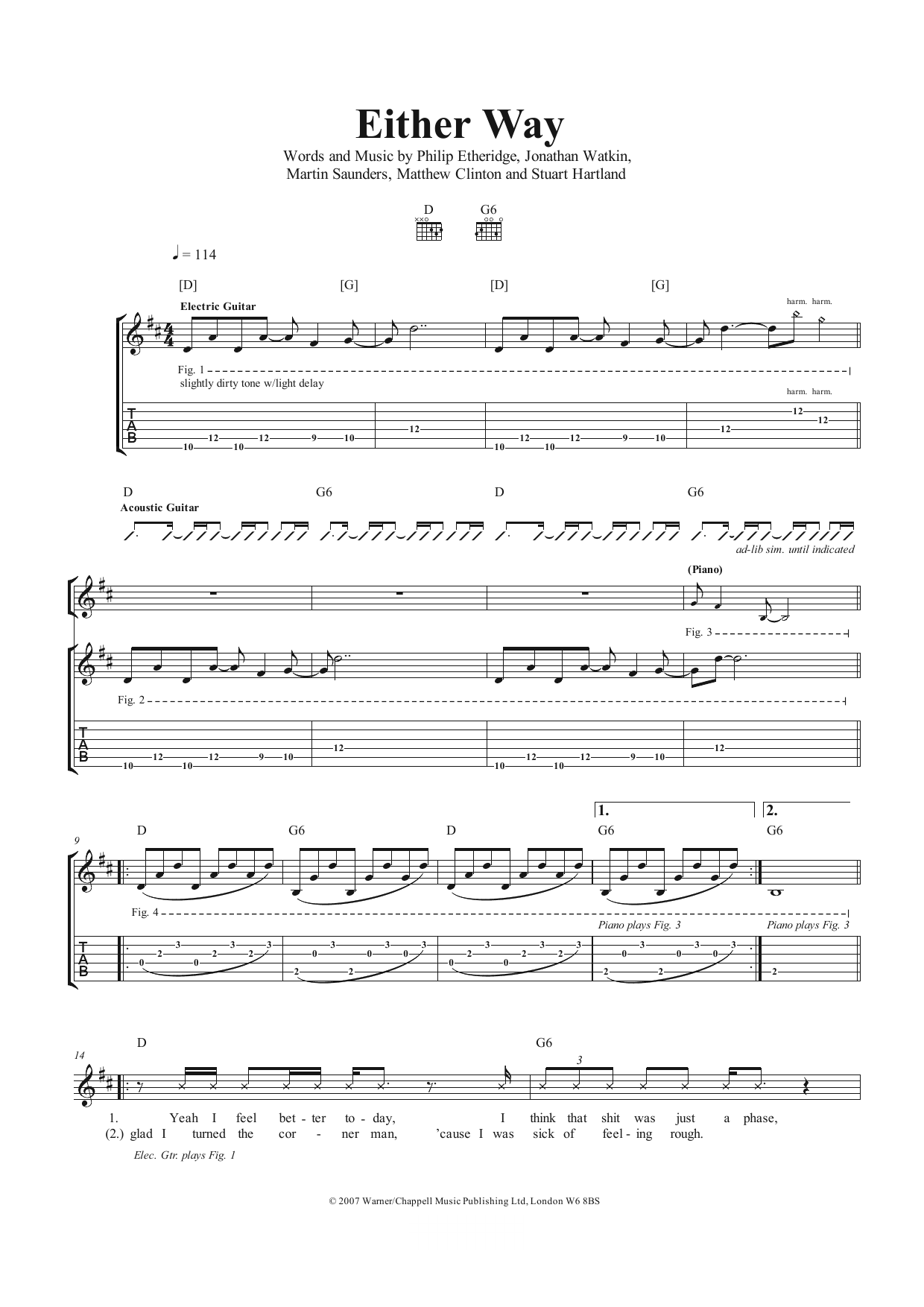How To Play Either Way On Guitar

Ever heard someone say, "I play guitar... backwards?" It sounds weird, right? But that's kinda the point! Playing "either way" on guitar is all about mixing things up. It's about seeing the fretboard differently.
Mirror, Mirror on the Guitar
Imagine your guitar is a mirror. Usually, you play it one way. Strumming with your right hand, fretting with your left (or vice versa, lefties!).
Playing "either way" means flipping that image. It’s like trying to write with your non-dominant hand. Confusing? Maybe at first. Fun? Absolutely!
Think of it as a brain workout. You're forcing yourself to think outside the box. This unlocks new possibilities on your instrument.
Why Bother?
Okay, so why would anyone want to do this? Well, for starters, it’s just plain cool! It shows you're not afraid to experiment.
Secondly, it can actually improve your playing. How? By forcing you to relearn basics, you rediscover things you might have taken for granted. Suddenly, scales feel fresh!
Plus, it's a fantastic party trick. "Oh, you play guitar? Watch me play it... *this* way!" Guaranteed to drop some jaws.
Getting Started is Easier Than You Think
Don't worry, you don't need to be a guitar virtuoso to try this. Start simple. Really simple.
Pick a basic chord, like G major. Now, try playing it the "opposite" way. It will feel clumsy. That’s okay!
Focus on clean notes. Don't rush. Slow and steady wins the race, especially when your brain is trying to rewire itself.
Little Steps, Big Rewards
Next, try a simple scale. The pentatonic scale is a great starting point. It's short, sweet, and easy to memorize.
Practice going up and down the scale "either way". Notice which fingers feel awkward. Work on those spots.
Don't be afraid to sound bad! Everyone sounds a little wonky when they're learning something new. Embrace the silliness.
The Joy of Discovery
The real fun of playing "either way" is discovering new sounds. You might stumble upon chord voicings you never knew existed.
Your phrasing might change. Your timing could become more interesting. It's all about breaking free from your usual habits.
Think of famous guitarists who experimented: Jimi Hendrix, for example. He wasn't afraid to push boundaries.
Beyond the Basics
Once you're comfortable with basic chords and scales, start improvising. Just jam! Let your fingers wander.
You might find yourself playing riffs you would never have thought of before. This is where the magic happens.
Record yourself! Listening back can help you identify areas for improvement. Plus, it's hilarious to hear yourself struggle.
So, Give It a Try!
Playing "either way" on guitar isn't about becoming a master of both styles. It's about expanding your musical horizons. It is about challenging yourself.
It's about having fun and seeing your instrument in a new light. Pick up your guitar. Flip your thinking. See what happens.
You might just surprise yourself. Who knows? You might even invent a whole new style of playing!


















